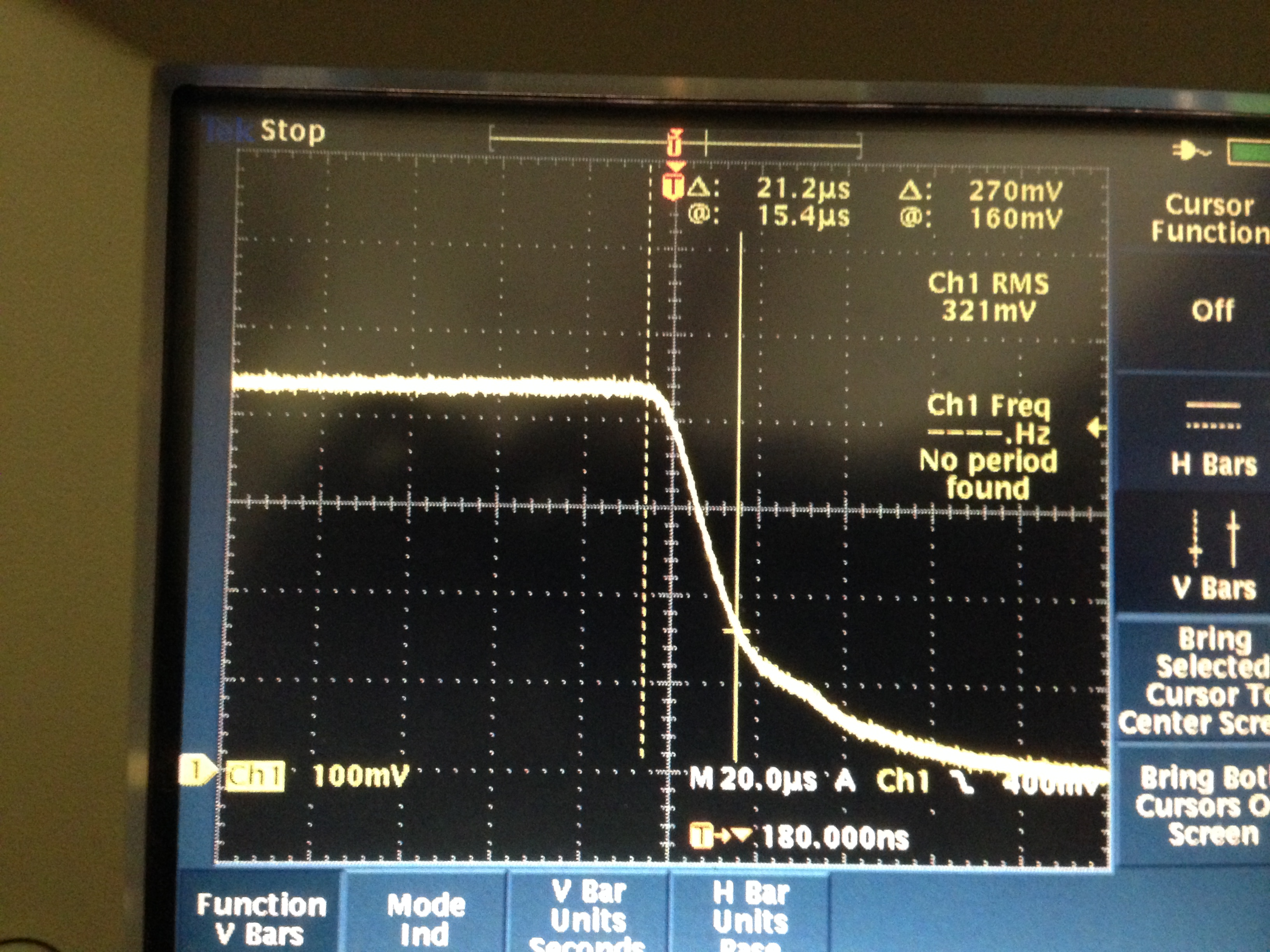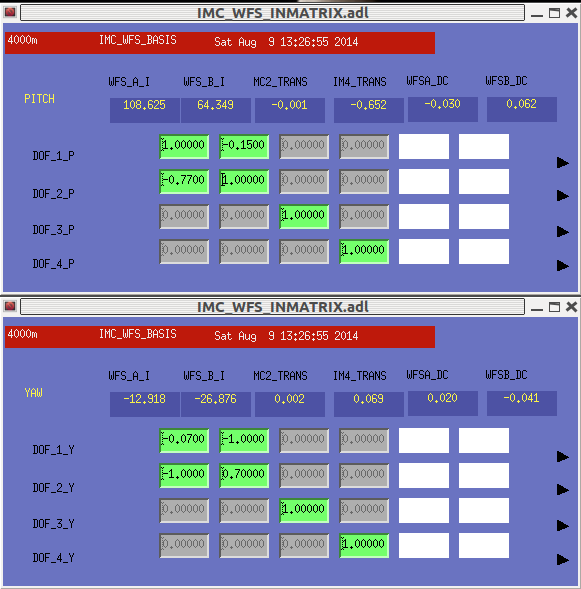When running the following sustools python command from matlab 2012 I get this error desribd below. When ran from matlab 2010 it works fine. When ran from a terminal it works fine.
[msg,junk1]=system(['/opt/rtcds/userapps/release/sus/common/scripts/sustools.py -o MC2 coilPvs -l M1 -m -s _EXC ']);
junk1 =
Traceback (most recent call last):
File "/opt/rtcds/userapps/release/sus/common/scripts/sustools.py", line 81, in <module>
import ezca
File "/ligo/apps/linux-x86_64/cdsutils-250/lib/python2.7/site-packages/ezca/__init__.py", line 2, in <module>
from ezca import parse_ifo_prefix, ligo_channel_prefix
File "/ligo/apps/linux-x86_64/cdsutils-250/lib/python2.7/site-packages/ezca/ezca.py", line 3, in <module>
import epics
File "/ligo/apps/linux-x86_64/epics-3.14.12.2_long-ubuntu12/pyext/pyepics/lib/python2.6/site-packages/epics/__init__.py", line 25, in <module>
from . import ca
File "/ligo/apps/linux-x86_64/epics-3.14.12.2_long-ubuntu12/pyext/pyepics/lib/python2.6/site-packages/epics/ca.py", line 39, in <module>
from . import dbr
File "/ligo/apps/linux-x86_64/epics-3.14.12.2_long-ubuntu12/pyext/pyepics/lib/python2.6/site-packages/epics/dbr.py", line 17, in <module>
import numpy
File "/usr/lib/python2.7/dist-packages/numpy/__init__.py", line 137, in <module>
import add_newdocs
File "/usr/lib/python2.7/dist-packages/numpy/add_newdocs.py", line 9, in <module>
from numpy.lib import add_newdoc
File "/usr/lib/python2.7/dist-packages/numpy/lib/__init__.py", line 13, in <module>
from polynomial import *
File "/usr/lib/python2.7/dist-packages/numpy/lib/polynomial.py", line 11, in <module>
import numpy.core.numeric as NX
AttributeError: 'module' object has no attribute 'core'











